EU-Swiss political deadlock throws shadow over nuclear fusion research
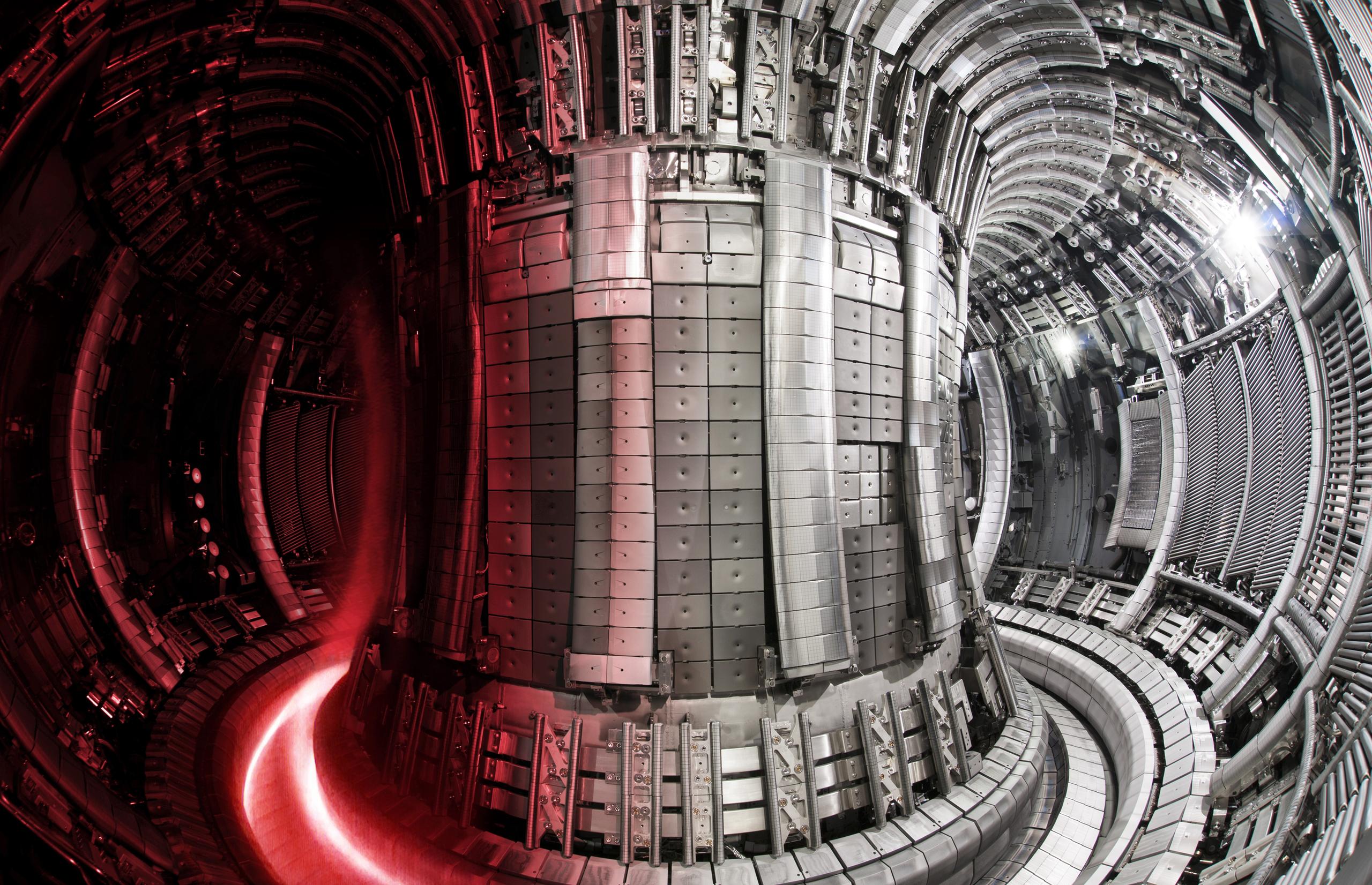
Swiss scientists have been among the leaders in the field of nuclear fusion energy, working with European colleagues on breakthroughs like the recent fusion power record in the United Kingdom. But the current EU-Swiss political impasse risks disrupting Swiss participation in future international projects, warns the head of the EPFL Swiss Plasma Center.
In a corner of the campus at the Federal Institute of Technology in Lausanne (EPFL), teams of researchers can be found carrying out almost daily experiments on plasma – a super-heated gas – in a doughnut-shaped “tokamak” machine in their quest to develop practical nuclear fusion – the energy process that powers the Sun and other stars.

“We have about 40 experiments every day – 40 plasma shots – and typically we operate four days a week,” explains Ambrogio Fasoli, director of the Swiss Plasma CenterExternal link, which houses the tokamak.
The EPFL centre is one of the world’s top fusion research laboratories, collaborating in the development of fusion energy and the success of ITER, the international research project in the south of France aimed at building the world’s largest nuclear fusion reactor.
The Swiss facility specialises in analysing plasma behaviour and the best ways of heating and confining it. Its researchers have collaborated closely with ITER, also working directly on the design of the microwave heating system for the mega-project.
The Swiss Plasma Center at the Federal Institute of Technology Lausanne (EPFL) is one of the world’s leading fusion research laboratories. EPFL is a member of the EUROfusion ConsortiumExternal link, 30 fusion research organisations and universities from 25 European Union member states plus the United Kingdom, Switzerland and Ukraine. Together, scientists have set up a research programme guided by the European Roadmap to Fusion EnergyExternal link.
As SPC Director Ambrogio Fasoli says: “The Swiss Plasma Center aims at making ITER a success, at developing the science and technology basis of DEMO [a demonstration power plant, ITER’s successor], at preparing the next generations of fusion scientists and engineers, and at exploiting plasma and fusion spinoffs for industry and society. With ITER, we will demonstrate the scientific and technological feasibility of fusion on earth, while DEMO will prove that fusion energy can be deployed commercially.”
The SPC has about 120 staff and more than 40 graduate students in six research areas: Theory of Plasmas, Basic Plasma Physics, TCV Tokamak Physics, International collaborations, Superconductivity for Fusion and Plasma Applications.
The TCV tokamak on the EPFL campus is one of the most important fusion research experiment facilities in the world. It is operated as part of the EUROfusion ConsortiumExternal link and for domestic science programmes. Scientists from around the world travel to EPFL to carry out experiments using the tokamak.
Fusion works on the principle that energy can be released by forcing together atomic nuclei rather than by splitting them, as in the case of the fission reactions which are behind existing nuclear power stations.
The huge gravitational forces generated by stars can’t be copied on Earth, which means much higher temperatures – above 100 million degrees Celsius – are required to drive together hydrogen in the plasma generated in tokamaks.
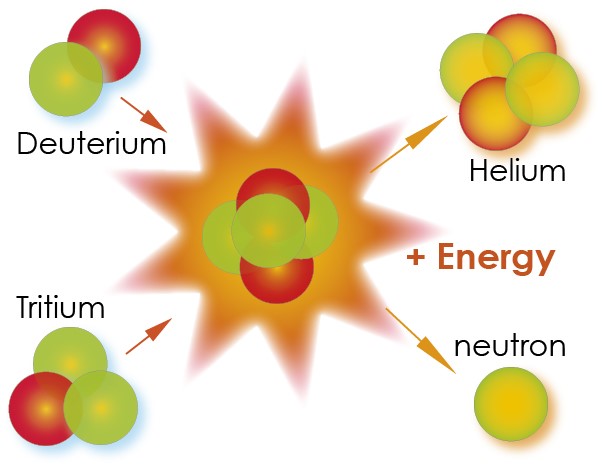
There are no materials that can withstand direct contact with such heat. So, to achieve fusion in a lab, scientists have come up with a solution in which the plasma is held inside a doughnut-shaped magnetic field inside a tokamak where they can hold experiments.
Unlike the burning of fossil fuels or the fission process, fusion offers the prospect of abundant energy without pollution, radioactive waste or greenhouse gases. But this will not be available, if successful, before the second half of this century.
‘Important step’
In February, a breakthrough in the search for nuclear fusion power was reported when European scientists announced that an experiment at the Joint European Torus (JET) lab siteExternal link at Culham, England, had set a recordExternal link for the amount of fusion energy produced (59 megajoules for five seconds), more than doubling the previous mark. JET’s previous record was 22 megajoules for less than a second, set in 1997.
“We shouldn’t get so excited about the actual number of megajoules of heat energy,” says Fasoli, who with other EPFL researchers worked closely on this project. The energy output from the recent JET experiment was low: estimated to be enough to boil about 60 kettles’ worth of water.
But Fasoli says the experiment represents a “very important step” that validates design choices for ITER.
ITER – ‘we’re really doing it’
Construction work at the ITER megaproject site, located at Saint-Paul-lès-Durance, is about 80% complete.
“We are far beyond the point of no return with this project. We’re really doing it,” says the EPFL director.

ITER’s official planned start date is 2025. But after Covid-19, additional delays linked to the complicated assembly of components can be expected.
“I anticipate that the starting date will be pushed back by a year and a half later for the first plasma. But the first plasma doesn’t mean the first real big experiments. These we foresee for 2035,” says Fasoli.
Scientists have been working for decades to try to develop fusion energy. While ITER will focus on the science, demonstrating the feasibility of the technology, it won’t actually produce electricity – that will only happen once a demonstration reactor is built. Scientists say that could be available around 2050, and if it is viable, a first generation of fusion power reactors could arrive in the 2060s or 2070s.
Swiss participation blocked
Switzerland, and the EPFL in particular, are important players in the nuclear fusion community. The Alpine nation has cooperated closely with the European Atomic Energy Community (Euratom) in the field of nuclear fusion since 1979, and it has participated indirectly in the construction of ITER as a member of the EU procurement body Fusion for Energy. Since 2014, the EPFL has also been a member of the EUROfusion ConsortiumExternal link, a group of 30 fusion research organisations and universities from 25 European countries working towards the success of ITER.
Since 1979, Switzerland has cooperated closely with the European Atomic Energy Community (Euratom) in the field of nuclear fusion. It chose to participate indirectly in ITER from 2007 as a member of Fusion for Energy, the EU body overseeing contributions, rather than as a direct member of the ITER Organization. Switzerland has actively participated in the EU body’s governance and, by extension, in the governance of the ITER project. Between 2007-2020, Switzerland contributed CHF274.5 million ($293 million) to the EU for this purpose.
As the continuation of the participation in Fusion for Energy in 2021-2027 is linked to the Swiss-EU negotiations concerning the association of Switzerland to the Horizon Europe research funding programme, the European Digital Initiatives and the Euratom 2021-2025 programme, Swiss participation in ITER is currently suspended. Swiss companies and research institutions can only respond to the calls for tenders launched by Fusion for Energy and the ITER Organization if the required competencies are not available within the member countries of these organisations.
(SourceExternal link: State Secretariat for Education, Research and Innovation (SERI))
“As part of EUROFusion and Euratom we were fully participating in ITER. That implied being represented by Euratom in the ITER council, participating in the activities of the EU procurement agency for ITER in Barcelona, called Fusion for Energy, and being able to apply for the procurement of ITER components, both as academics but even more important as industry. This is no longer possible,” explains Fasoli, referring to the direct consequences of the end of talks towards an EU-Switzerland framework deal last May.
The situation remains deadlocked, and Swiss participation in ITER and Fusion for Energy has been suspended as a direct result of the strained relations between Brussels and Bern.
After Switzerland broke off the talks a year ago, the EU downgraded Switzerland’s participation in the €100-billion Horizon Europe research funding programme, restricting access to grants and scientific projects, including in the field of fusion energy.
“The ITER contracts that we had before, which were actually quite numerous because we were very successful, will be honoured. But we cannot sign any new contracts. Since January we have been excluded from the governing board of Fusion for Energy, which I was attending in person,” says Fasoli.
The recent political changes mean that Switzerland is no longer part of the Euratom treaty that governs access to EUROfusion. A short-term workaround has been found allowing researchers to continue to contribute to European fusion projects. The Swiss Plasma Center now has associate membership of EUROfusion via the Max Planck Institute for Plasma Physics in Germany.
Impact on industry
But the situation is worse for Swiss industry, says Fasoli. For the 2007-2019 period, Switzerland’s participation in ITER generated CHF190 million in contracts for Swiss businesses delivering high-tech components.
“On some of the projects, we are now idle. We can’t have contracts. We still work on the scientific projects, in the more informal collaborations, and everything we do to some extent relates to ITER. But we really cannot participate directly. We can’t send people down to ITER,” he explains.
“The ITER personnel are very kind. They’re actually willing to close an eye or two and let us participate in some meetings and so on. They know we have special know-how. But at some point, they will be told to stop working with the Swiss.”
ITER was jointly conceived and pushed forward during the Cold War by US and Russian leaders Ronald Reagan and Mikhail Gorbachev. Russia, alongside China, the EU, India, Japan, Korea and the US, is one of the seven founders of the 35-year project aimed at demonstrating the feasibility of fusion power as a large-scale, carbon-free source of energy.
ITER spokesman Laban Coblentz said the project remains “a deliberate attempt by countries with different ideologies to physically build something together.”
Russia has been an active contributor to ITER. For example, it is a major supplier of the niobium-tin superconducting material for ITER’s magnets and is manufacturing crucial components including gyrotrons.
Ukraine, meanwhile, is part of EUROfusion. Their institute in Kharkiv has reportedly suffered damage during Russia’s invasion of Ukraine.
The current impasse has not had any negative consequences for students, the director insists. But it is important that Switzerland can participate in nuclear fusion research and development in Europe, otherwise it “will probably become less attractive to people from abroad”.
If the deadlock persists, it will be a disaster for Switzerland, its nuclear fusion researchers and Swiss industry, he adds.
“It’s not only a question of money; it’s also about not belonging to the effort that the whole world is belonging to,” says the EPFL director.
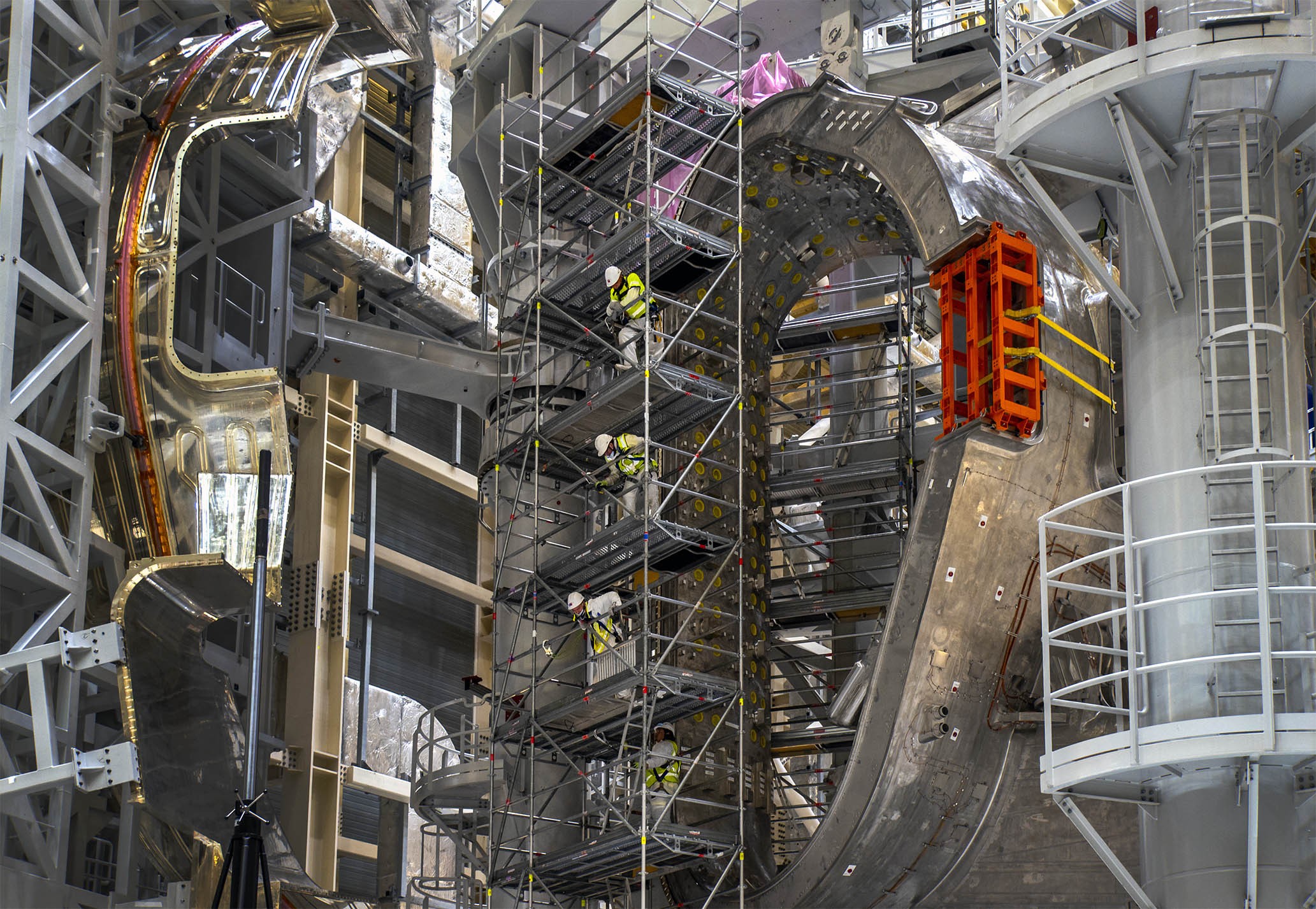

In compliance with the JTI standards
More: SWI swissinfo.ch certified by the Journalism Trust Initiative









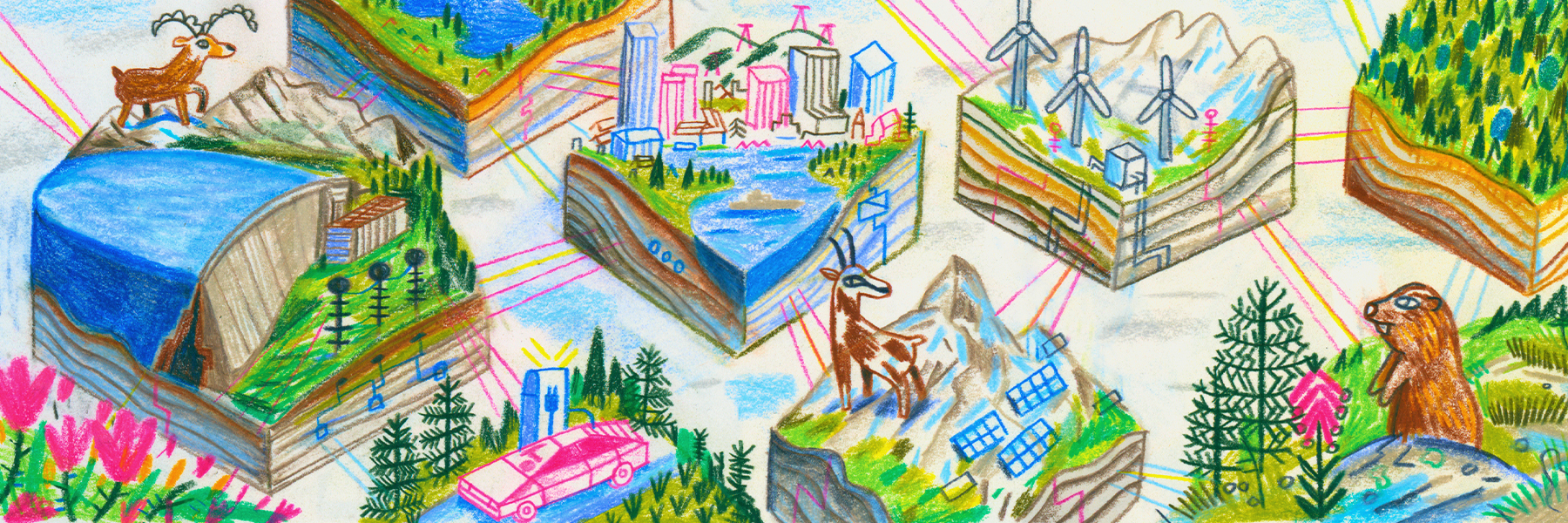
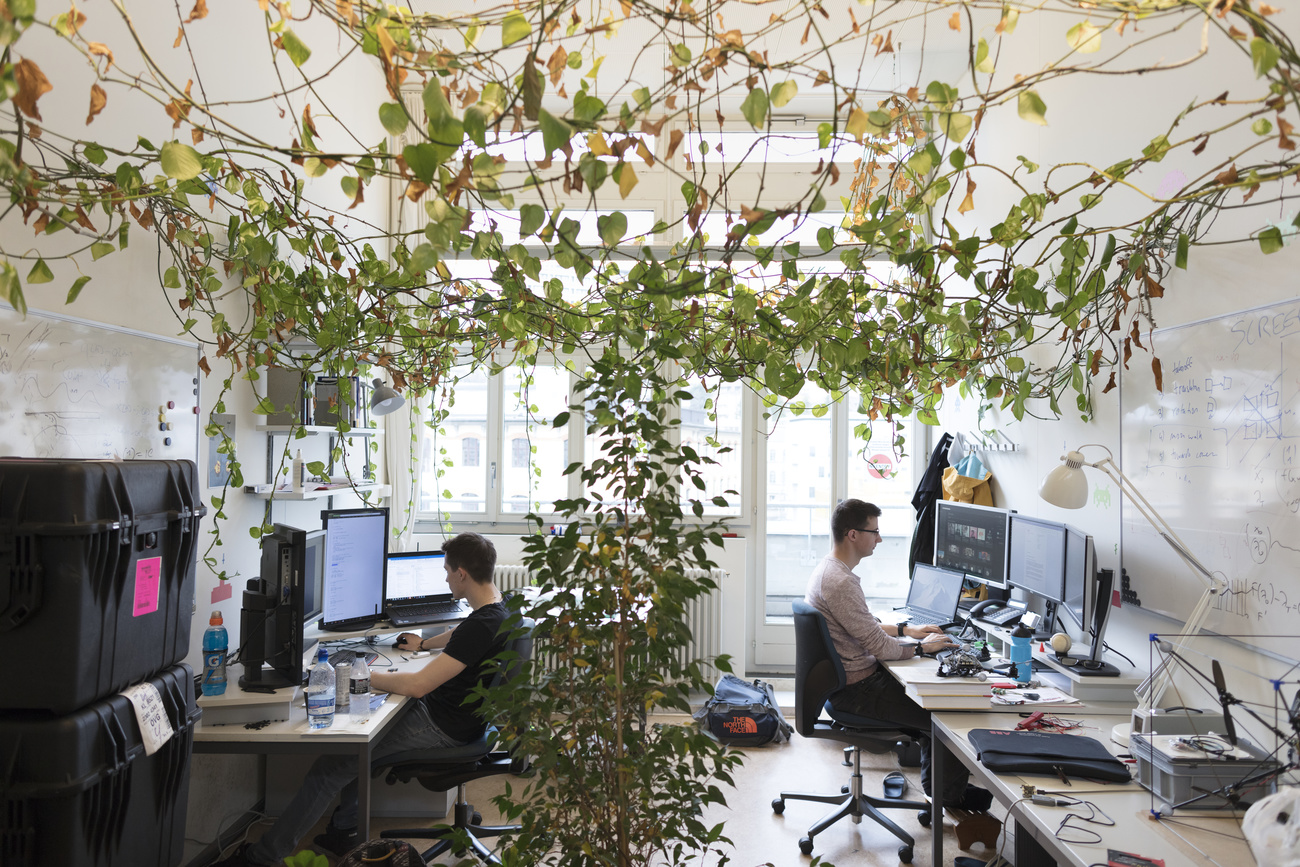

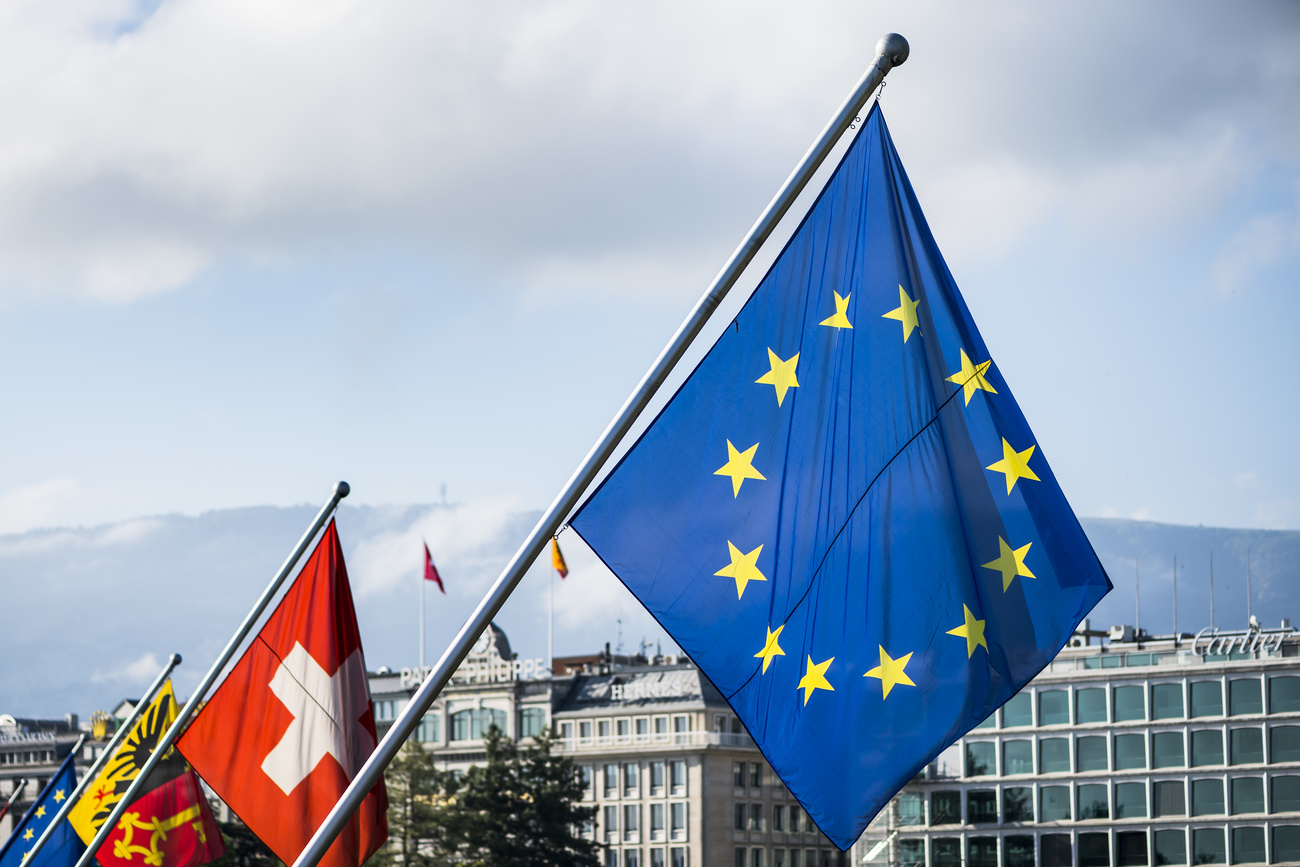
You can find an overview of ongoing debates with our journalists here . Please join us!
If you want to start a conversation about a topic raised in this article or want to report factual errors, email us at english@swissinfo.ch.